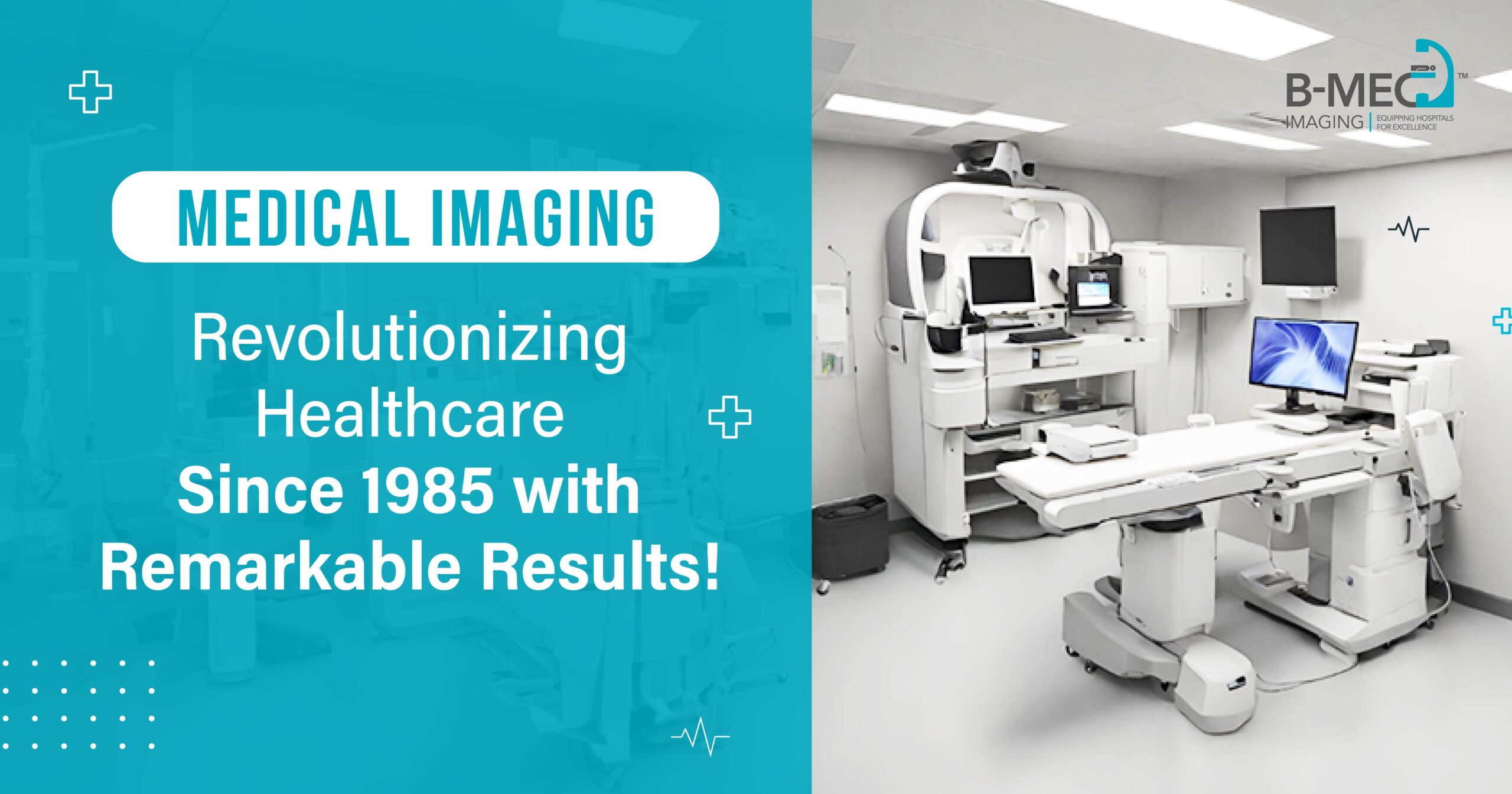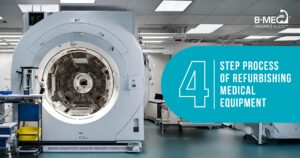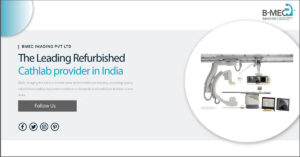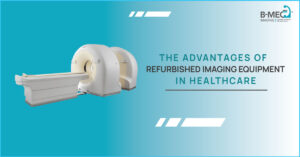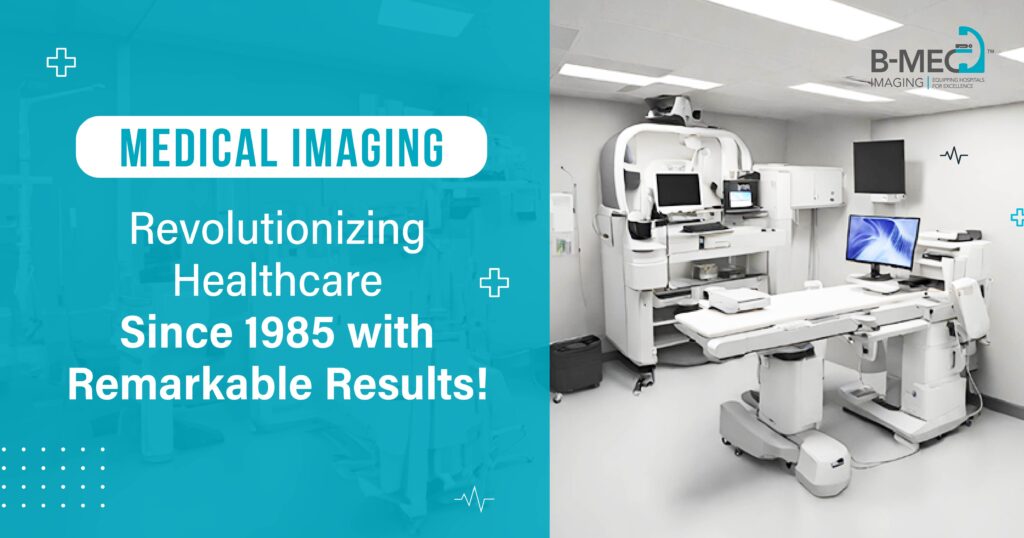
Medical imaging has become an indispensable tool in modern healthcare, transforming the way we diagnose and treat various medical conditions. From its humble beginnings with the discovery of X-rays to the advanced technologies we have today, medical imaging has revolutionized healthcare delivery in remarkable ways.
Imagine a world without medical imaging. A world where physicians must rely solely on physical examinations, symptom descriptions, and educated guesses to diagnose and treat medical conditions. It’s a world with limited insight into the complexities of the human body, a world where many diseases go undetected until they reach advanced stages.
In such a world, the detection of fractures, tumours, and internal injuries would be challenging. Physicians would lack the ability to visualize the intricate structures of organs, blood vessels, and tissues. Diagnosis would be based on subjective assessments, leading to higher rates of misdiagnosis and delayed treatment.
Without medical imaging, the treatment process would be significantly hindered. Surgeons would have limited guidance during surgeries, relying solely on their surgical skills and knowledge. Minimally invasive procedures, which have become commonplace thanks to imaging guidance, would be virtually non-existent. Patients would face more invasive surgeries, longer hospital stays, and extended recovery periods.
The absence of medical imaging would also impact the fields of research and medical education. Medical students and researchers heavily rely on imaging techniques to study the human body, understand disease processes, and develop innovative treatments. The progress in medical knowledge and advancements in medical technology would be severely impeded without the visualizations provided by medical imaging.
In a world without medical imaging, the ability to track disease progression and treatment effectiveness would be severely limited. Monitoring chronic conditions, evaluating the success of therapies, and adjusting treatment plans would become challenging tasks. Patients would be left with uncertainty and an increased risk of complications.
The absence of medical imaging would also have far-reaching implications for public health initiatives. Screening programs, such as mammography for breast cancer or colonoscopy for colorectal cancer, would be significantly less effective. Early detection, a crucial factor in successful treatment outcomes, would be compromised, leading to higher mortality rates and increased healthcare costs.
The Evolution of Medical Imaging in healthcare:
The journey of medical imaging began with Wilhelm Conrad Roentgen’s accidental discovery of X-rays in 1895.

Anna Bertha Reontgen’s wedding ring that featured in the Nobel prize winning birth of medical imaging.
She famously quoted ‘I have seen my death’. We have grown leaps and bounds from then and today a radiological image in time can save a life❤️
This breakthrough opened new possibilities in visualizing internal structures non-invasively. Since then, medical imaging has undergone significant advancements, including:
1. X-ray Imaging: X-rays remain a fundamental imaging modality, providing insights into skeletal structures, detecting fractures, and identifying lung conditions.
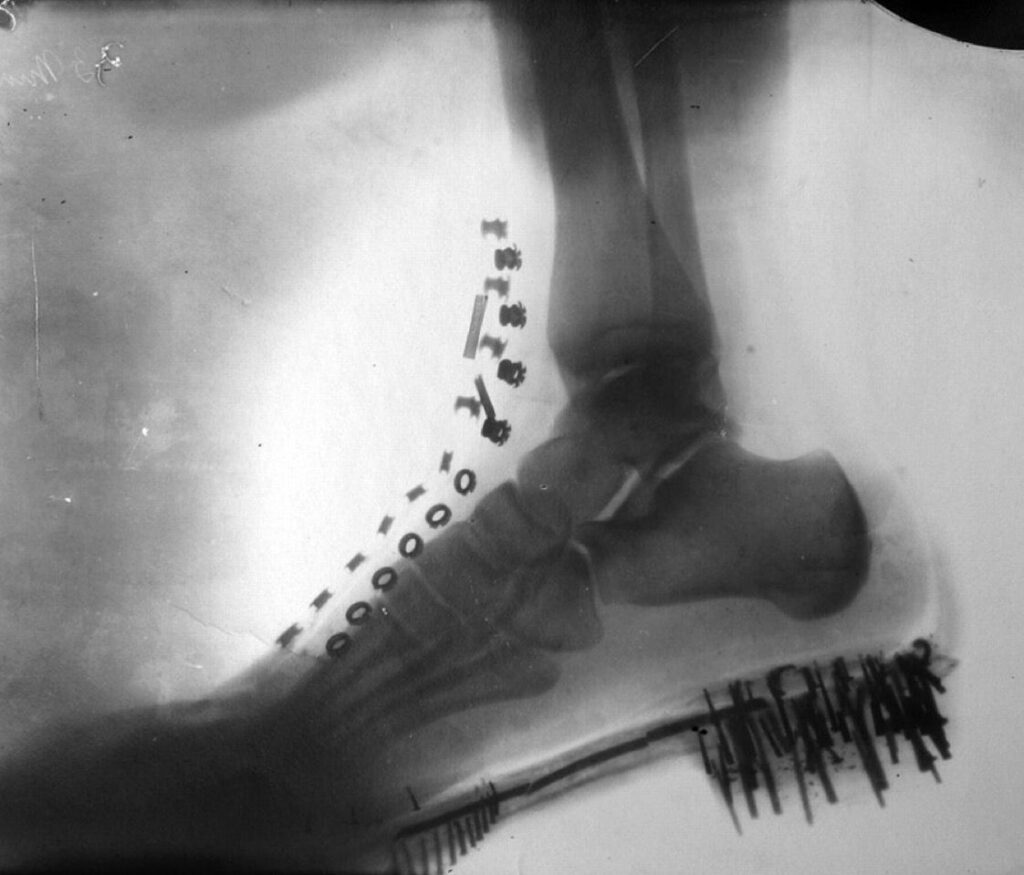
A Nikolai Tesla Shadowgraph that began with the image of a camera lens screw when he attempted to take an X-ray of his friend Mark Twain. In the spirit of constant perseverance and persistent efforts towards improved solutions
2. Computed Tomography (CT): CT scans combine X-rays and computer processing to generate cross-sectional images of the body. This technology is crucial in diagnosing conditions of the brain, abdomen, chest, and blood vessels.
3. Magnetic Resonance Imaging (MRI): MRI utilizes powerful magnets and radio waves to produce detailed images of soft tissues. It plays a vital role in diagnosing neurological disorders, spinal cord injuries, and joint-related conditions.
4. Ultrasound Imaging: Ultrasound uses sound waves to create real-time images of organs and tissues. It is widely used in obstetrics, as well as diagnosing conditions in the abdomen, heart, and blood vessels.
5. Nuclear Medicine: Techniques like PET and SPECT utilize radioactive tracers to visualize metabolic and molecular activities in the body. They are valuable in diagnosing and monitoring cancer, evaluating organ function, and assessing treatment effectiveness.
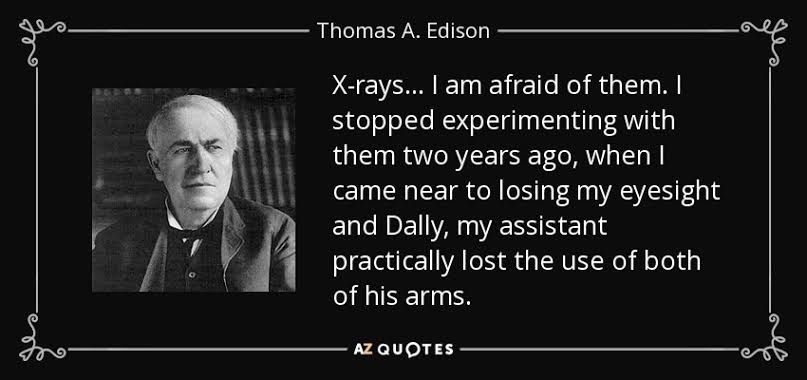
The Impact of Medical Imaging in healthcare:
Medical imaging has transformed healthcare delivery in multiple ways:
1. Accurate Diagnostics: Medical imaging allows physicians to visualize internal structures, aiding in the early detection and accurate diagnosis of diseases. It enhances the precision of assessments, reducing the rates of misdiagnosis and facilitating timely interventions.
2. Guided Treatment: Imaging techniques play a pivotal role in surgical planning and guidance, improving procedural accuracy and patient safety. They enable minimally invasive procedures, reducing the need for exploratory surgeries, shortening hospital stays, and facilitating faster recoveries.
3. Personalized Medicine: By providing detailed anatomical and pathological information, medical imaging helps tailor treatment plans to individual patients. It assists in selecting the most appropriate therapies, optimizing outcomes, and minimizing adverse effects.
4. Disease Monitoring: Medical imaging allows healthcare professionals to track disease progression, assess treatment response, and make informed decisions regarding ongoing management. It provides objective data for evaluating the efficacy of therapies and making necessary adjustments.
5. Public Health Initiatives: Medical imaging plays a crucial role in population-wide screening programs for conditions like breast cancer, lung cancer, and cardiovascular diseases. It enables early detection, leading to improved prognosis and reduced healthcare burdens.
Conclusion:
Medical imaging has revolutionized healthcare by providing invaluable insights into the human body. From X-rays to advanced modalities like CT, MRI, and ultrasound, medical imaging has become an integral part of diagnostics, treatment planning, and disease monitoring. Its impact on accurate diagnoses, guided interventions, personalized medicine, and public health initiatives cannot be overstated. As medical imaging continues to advance, we can expect even more significant contributions to enhancing patient care, improving outcomes, and shaping the future of healthcare.
We at BMEC Imaging Pvt Ltd hope to extend our support in implementing such cutting edge technology in your healthcare facilities, every step of the way.

